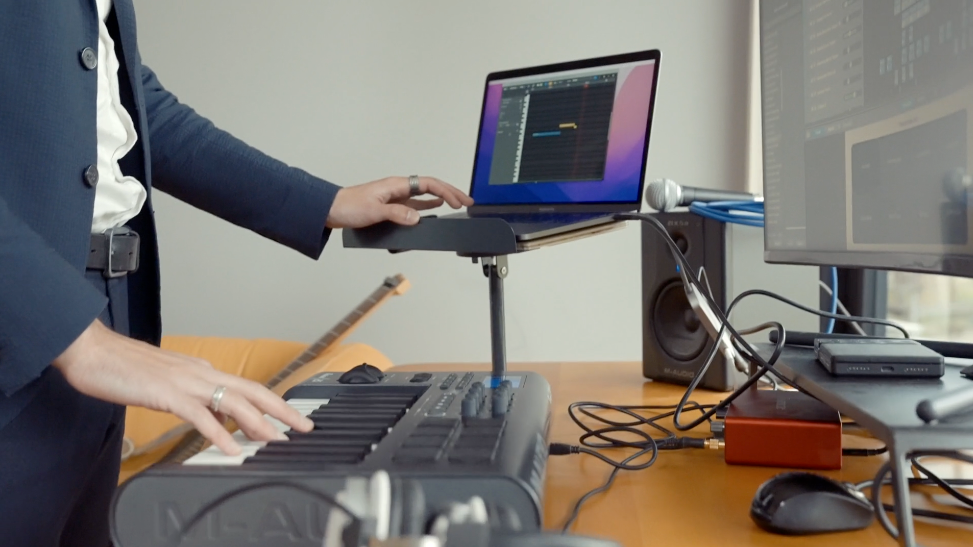Amongst all our songwriting tips, it only seems fitting to really delve into some previous concepts in a little more detail. It is all well and good for us to say “write a chord progression” or “choose a melody that suits your lyrics”, but, what does this actually mean, and how do we portray the emotions we wish to evoke? The best way to do this is by actually understanding the chord progressions you are stringing together.
Chord progressions are the threads that weave together emotions and stories. In this exploration, we'll delve into the captivating realm of chord progressions, unveiling how they wield the power to evoke a spectrum of moods and emotions in music. Through the lens of popular songs, we'll witness firsthand how chord progressions are the alchemical mix that turns notes into feelings … and hopefully this will spur some sense of how to make a song sound ‘sad’ or ‘happy’.
The Majestic Lift of the I-IV-V Progression
A staple in many musical genres, the I-IV-V progression exudes an air of familiarity and optimism. This progression, characterised by its major chords, brings a sense of resolution and contentment. Take the classic rock anthem "Twist and Shout" by The Beatles. Its chorus, moving from the I (G) to the IV (C) to the V (D), delivers an infectiously joyful sensation, perfectly complementing the song's exuberant spirit.
Wistful Longing in the vi-IV-I-V Progression
A minor key can evoke a sense of introspection and melancholy, making it a powerful tool for conveying emotions like longing and nostalgia. The vi-IV-I-V progression is a hallmark of this emotional landscape. Consider the ballad "Someone Like You" by Adele. The progression's shifts from Am to F to C to G create a poignant journey that mirrors the song's themes of heartache and reflection. Minor chords tend to have a more introspective and emotional quality. The vi-IV-I-V (6-4-1-5) progression is often associated with melancholic or bittersweet feelings.
Tension and Release: The Dominant Seventh Chord
The dominant seventh chord is a master of tension and release. Its dissonance begs for resolution, creating a dynamic interplay between anticipation and satisfaction. The jazz standard "Autumn Leaves" showcases this beautifully. The repeated use of dominant seventh chords (e.g., G7 leading to Cmaj7) adds a touch of sophistication while keeping the listener engaged in the harmonic twists and turns.
Unveiling Mystery with Modal Interchange
Modal interchange involves borrowing chords from related modes, introducing unexpected colours to a progression. This technique is used to create intrigue and depth. In Coldplay's "Clocks," the progression involves borrowing chords from the parallel minor (mode mixture). The song's use of bVI (Ab) and bVII (Bb) chords in the key of C major adds a dreamy, ethereal quality, elevating its emotional impact.
Chord progressions are the heartbeat of emotion in music, offering a visceral connection that transcends words. By understanding the impact of various progressions, songwriters and musicians gain the ability to sculpt the very feelings that listeners experience. Just as a painter selects colours to evoke different emotions, a composer or songwriter chooses chords to paint a musical canvas that resonates with the soul.
This blog post is only the beginning, the ocean of emotions and chord progressions is infinite! Experiment with the possibilities of chord progressions, and remember that the language of chords has the power to evoke joy, sorrow, tension, and resolution. And of course, this wouldn't be a classic Noisy Clan blog post without a contradictory statement at the end by us claiming ‘these are just guidelines, and rules are made to be broken’... because music is art, and art is subjective! So go forth, and experiment, use these guidelines (or don’t), and PLAY MORE!





